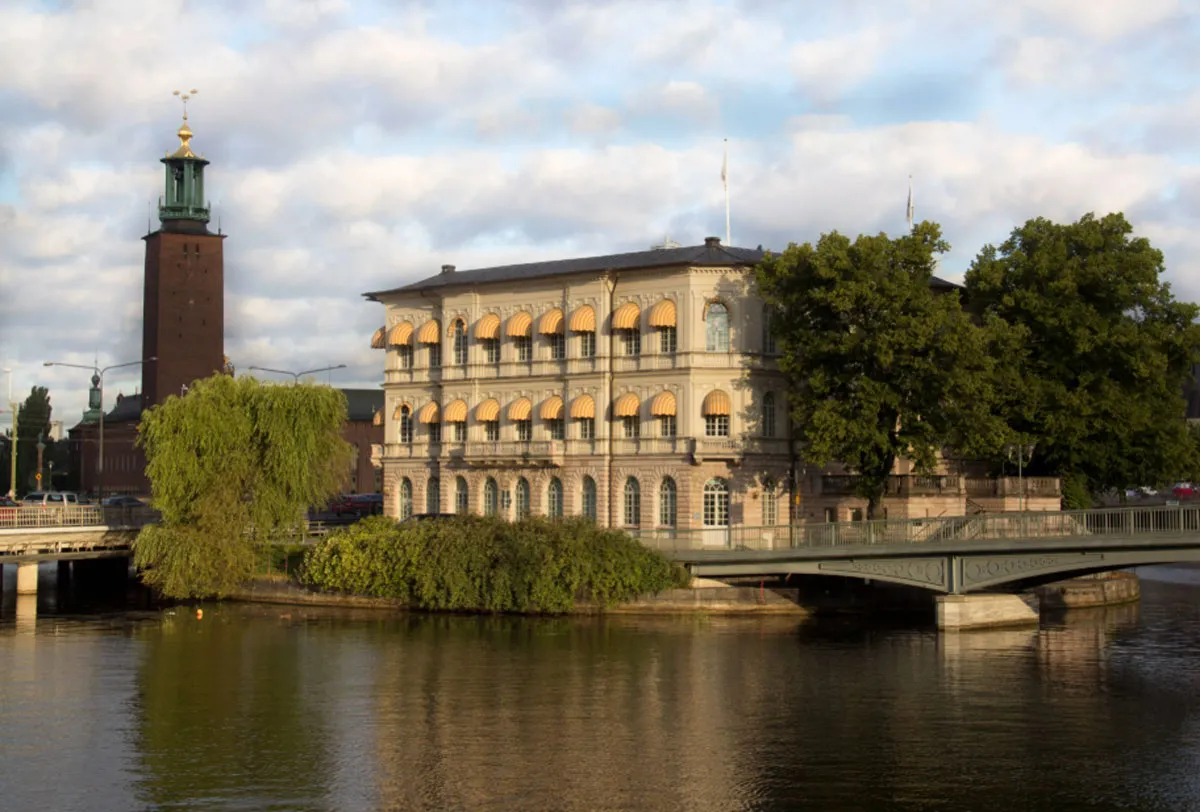The construction industry must reap the productivity and cost benefits of constructible BIM, says HARSH PAREEK.The COVID-19 pandemic and the subsequent nationwide lockdown compounded the problems of India’s construction industry, which was already showing worsening slowdown even before the pandemic struck. After a lacklustre 0.3 per cent growth in the third quarter of the last fiscal, the construction sector shrank by 2.2 per cent in the fourth quarter. A week before the quarter ended, the nationwide lockdown was announced and all projects came to a grinding halt. When the nationwide unlocking began after a few weeks, construction was among the first sectors to open up. The sector, however, saw no respite: a large number of migrant workers had moved back to their villages and hometowns, resulting in labour shortage at project sites. Further, the prevailing social distancing norms have restrained construction companies from speeding up work on their projects. This litany of woes has put unprecedented pressure on the margins of Indian construction companies, forcing them to look for innovative ways to cut costs and boost overall productivity and efficiency. For many companies, an overhaul or reorganisation of their operational structure and processes, and even construction methods, would perhaps be necessary for survival in the post COVID-19 era. Can technology help?Sadly, among the most noteworthy characteristics of the global construction industry is its resistance to adopting technology in its processes. While all other industries have actively embraced modern technologies—from factory robotics to ERP for backend processes—and benefitted from it in the form of increased productivity, the construction industry has displayed a limited penchant for technology and its adoption, unlike say the manufacturing industry. This partial digitalisation has held the industry back from achieving accelerated growth. According to McKinsey, the annual productivity growth in the global engineering and construction industry has averaged just 1 per cent over the past two decades, compared to a 3.6 per cent and 2.8 per cent growth rate for the manufacturing sector and the global economy respectively. Conversely, technology can be a powerful enabler of increased productivity and efficiencies. In fact, research suggests that full-scale digitisation in non-residential construction alone globally could lead to annual savings between $ 700 billion and $ 1.2 trillion, or about a tenth of aggregate annual construction spends. In other words, construction companies could simply wipe off 10 per cent of their total costs with full-scale digitalisation; which in turn would increase their profitability significantly. For the Indian industry reeling with the twin blows of a depressed economy and the impact of COVID-19, embracing complete digitalisation could therefore be a lifesaver.Achieving digitalisation with constructible BIMThere are enough examples from around the world that demonstrate how even partial digitalisation in the form of adoption of building information modelling (BIM) has benefited large projects. Recently, Dubai’s Roads & Transport Authority mandated the use of BIM for its projects and saw an eventual improvement of 20 per cent in productivity. In India, BIM is being used for many projects, from airports to metro rail, from 3D mapping of drainage systems to the construction of Chenab Bridge, which is the world’s highest and longest spanning railway bridge in Jammu & Kashmir.However, most companies in India have used BIM only during the design stage; these digital models lack enough information and, therefore, cannot provide an accuracy level that meets the requirement of actual construction. What this means is that the utility of a conventional BIM model actually diminishes during the later stages when actual construction or fabrication is in progress. This is the principal reason why construction companies favour pen-and-paper-based construction workflows, and thus end up restricting themselves from benefitting from a full, end-to-end, digital BIM-based workflow. To remedy this situation, modern cutting-edge BIM software like Tekla Structures is able to generate 3D models with substantively rich and accurate information, right from the design or engineering stage. A well-detailed model can indeed serve as a powerful and highly usable blueprint for onsite teams during actual construction. In other words, a model with enough and accurate information can be deemed as truly constructible.The term ‘constructible’ defines the ease and efficiency with which structures can be constructed from a 3D model. If a BIM model is accurate and detailed enough, the constructability of a building can be tested in advance to make sure that errors, rework and wastage are minimised and the project is predictably profitable. Constructability also refers to the ability of a BIM model to precisely and accurately match the eventually constructed building or structure. If a model completely matches the ‘as-built’ structure, we can call it constructible. The utility of a truly constructible BIM model encompasses all phases and stages of a construction project. Constructible BIM can therefore be seen as the core platform to achieve full-scale digitalisation of the entire workflow. Additionally, the widespread availability of mobile devices and tablets along with nationwide 4G connectivity has now enabled onsite workers to refer to the actual BIM model while onsite—rather than rely on paper printouts—thus making it easier for construction companies to achieve full-scale digitalisation.Constructability is the key When profitability is under pressure, engineers and builders must ensure they have all the tools they need to build successfully and safely, on time and within budget. When projects begin with a truly constructible model, all subsequent and onsite processes can be planned and scheduled in advance. Further, future errors and onsite mishaps can even be detected well before starting construction, right in the design or engineering stage, which leads to less ad-hoc problem-solving onsite.In fact, constructability can help the construction industry deal with the ongoing labour shortage and prevailing social distancing norms by enabling a rapid and seamless transition to new-age construction techniques such as precast concrete and pre-engineered buildings. Precast concrete, for example, shifts most of the actual construction offsite to a factory environment, which requires lesser manpower onsite for assembly and final erection. Constructability leads to better designs, enhanced collaboration, better cost management, less waste and increased jobsite efficiencies; therefore, unparalleled value can be generated across all projects: big or small. These benefits will go a long way in helping the industry fight the COVID-19 induced slump effectively and rebuild its future. About the author: Harsh Pareek, Regional Sales Director, India and SAARC, Trimble Solutions, has over 22 years of experience in building and leading multicultural teams in pan-India roles. Working across the value chain, he has a track record of building strategy, driving organisational transformation and business turnaround. He has proven expertise in strategy, operations and sales with some of the largest B2B and B2C clients in India and has generated multimillion dollar revenue for some of the world’s leading engineering software companies in India. He speaks extensively on topics related to the future of construction technology and the transformative power of digital construction.





















